Heredia, Herédia, Costa Rica
Suggest Place to Visit
2386
Track to location with GPS |
 |
The region that currently comprises Santo Domingo, was part of the Huetar de Occidente kingdom, which were domains of Garabito, where the Yorustí cacique had his settlement, in what is now the San Luis town of the 8th Pará district.
Most of these lands, later called Tibás, were royal patrimony and the rest belonged to all the neighbors. The first were granted by the King of Spain to Ensign Sebastián de Zamora Romero, originally from Villa Marchena, Spain; his son Don Antonio Aurelio de Zamora Romero, inhabitant of Rincón de Tibás (today Socorro town of the 3rd San Miguel district), in 1710, was the owner of certain cavalries in ravines and heaths of La Bermuda; that upon his death, his eldest son, Juan José, continued to settle in those places.
The previous lands, were in the course of the years, passing into the power of the descendants of the lieutenant of Zamora and others at the hands of individuals, by sales. At the beginning of the 18th century, Messrs. Calixto Bonilla, Eduardo Arce, Juan Antonio Córdoba, Marcela Zamora, José Angel Azofeifa, Diego Villalobos appear as heads of families. Surnames that predominate in several current Sunday families.
In 1816, in a land sale document, the place of Santo Domingo was mentioned for the first time.
In the year 1829 is the first time that the hermitage of Santo Domingo is mentioned. The Church of the Rosary was built between 1838 and 1844. During the episcopate of Monsignor Joaquín Anselmo Llorente y Lafuente, the first Bishop of Costa Rica, on October 28, 1856, the Parish was erected, dedicated to Santo Domingo de Guzmán; which is currently a suffragan of the Archdiocese of San José of the Ecclesiastical Province of Costa Rica.
The Municipality of Heredia, in order to comply with the provisions of article twelve of Law No. 36 of December 7, 1848, met extraordinarily three days later, in order to establish the parochial districts of the canton; providing that Santo Domingo formed the second of Heredia. In the demarcation of the parochial districts of the province of Heredia, published in the Official Gazette on December 30, 1862, Santo Domingo appears again as second of the Heredia canton.
In the second administration of Don José María Castro Madriz, on July 24, 1867, in Law No. 20, the title of town was granted to the population of Santo Domingo. By legislative decree 9 of September 28, 1869 the canton was created, segregated from canton Heredia). Subsequently, on August 1, 1902, in the government of Don Ascensión Esquivel Ibarra, Law No. 58 was enacted, which gave the town the category of City.
On February 10, 1877, the first session of the Municipal Corporation was held, made up of the following proprietary representatives, Messrs. Ramón Rodríguez Sancho, Antonio Vargas Chacón and Eulogio Fonseca González. The first Municipal Secretary was Don Juan Bolaños y Chacón.
In 1880 the construction of the first school building began. The Félix Arcadio Montero Monge and Benito Sáenz boys' school for women was inaugurated in 1935, in the third administration of Ricardo Jiménez Oreamuno (1932-1936). The Santa María de Guadalupe Vocational College founded by Rev. Father Delio Arguedas Argüello [1], began his activities on March 12, 1959, in the government of Mr. Mario Echandi Jiménez.
The pipeline began to function on August 6, 1938, in the administration of Don León Cortés Castro.
For a long time, Santo Domingo was distinguished by its old adobe houses but these have been giving way to luxurious residential areas, and it has become a dormitory canton and, due to its location and the services it offers, the price of its land has risen. increased considerably.
Santo Domingo is canton number 3 in the province of Heredia, Costa Rica. The origin of the name of the canton dates back to the creation of the hermitage dedicated to Santo Domingo, which was given to the neighborhood, then to the district when it was established, and consequently it was preserved when the canton was created.
The canton is part of the Greater Metropolitan Area. The head of the canton is a city with the same name that is located between the city of Heredia (10 minutes away) and San José (15 minutes away). It is one of the cantons in Costa Rica that is best positioned in relation to the human development index and housing deficit.
The El Carmen church is located in Santo Domingo, considered a relic of architectural, historical and cultural interest, located in the district of San Miguel. The canton also has a sports center, in which there is a baseball field, a sport that is practiced with great enthusiasm, both in its children's divisions and in the national championship in its major category. Likewise, within the canton is the INBio Park or the National Biodiversity Institute, which is a non-governmental, non-profit center for research and management of biodiversity, established in 1989 to support efforts to understand diversity. biological system of the country and promote its sustainable use.
The main agricultural activities in the region are coffee and vegetable crops and livestock. Likewise, quarrying areas are located in the canton.
The canton of Santo Domingo limits the north with the cantons of San Pablo and San Isidro. To the west with the canton of Heredia and to the south and east with the Province of San José.
Population For the calculated census of the Republic as of December 31, 1934, the canton of Santo Domingo registered a population of 6,641 inhabitants, while the country at that time had 565,427 inhabitants. For the year 2000, in the IX Census of Population and V of housing, 34,748 inhabitants were registered, of a national total of 3,810,179 inhabitants, and a population density of 1,399 people per square kilometer.
Services Public services. In the city of Santo Domingo there are three public banks, a police station and another of the Fire Department, a local of the Costa Rican Red Cross, a clinic of the Costa Rican Social Security Fund and a Health center of the Ministry of Health. In addition, throughout the canton there are several schools and colleges, both public and private. Santo Domingo also has excellent public transportation service to Heredia and San José.
Other services . Both in the city and in its districts, there are hotels, restaurants, bars, supermarkets, commercial premises, bakeries, butchers, pharmacies, gas stations. Likewise, it is possible to travel quickly to San José and Heredia
Comments
We don´t have yet any comments about:
Santo Domingo
Santo Domingo
Be the first to leave a comment as it is very important to inform other people
Outros locais a visitar
Within a radius of 20 km from:Santo Domingo
Heredia |
| 4,2 Km |
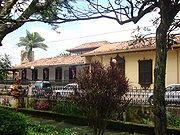 |
La Sabana: il Parco della Costa Rica |
| 5,3 Km |
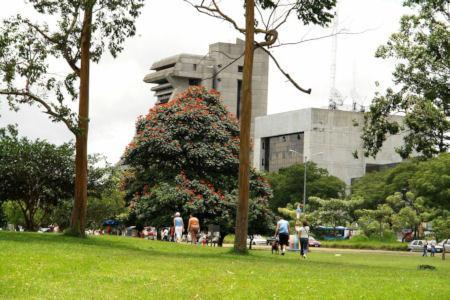 |
San Jose |
| 5,3 Km |
 |
Pacuare |
| 5,7 Km |
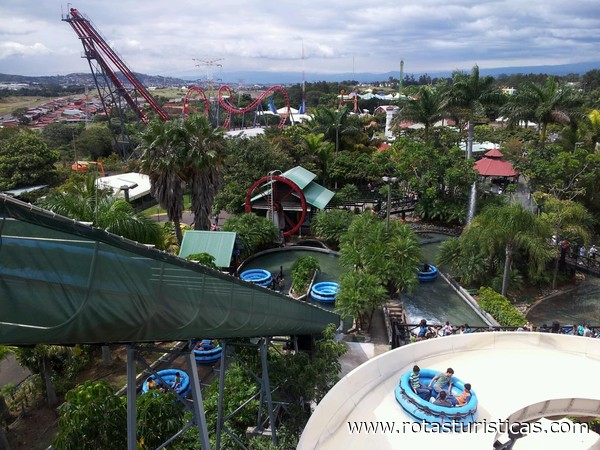 |
Barva |
| 6,3 Km |
 |
Escazú |
| 9,2 Km |
 |
Water Land |
| 9,2 Km |
 |
Santa Barbara |
| 10,3 Km |
 |
COLYPRO |
| 11,1 Km |
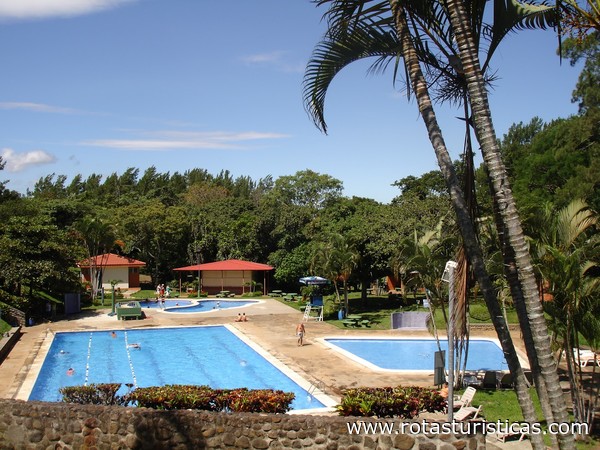 |
Club Campestre Español |
| 11,7 Km |
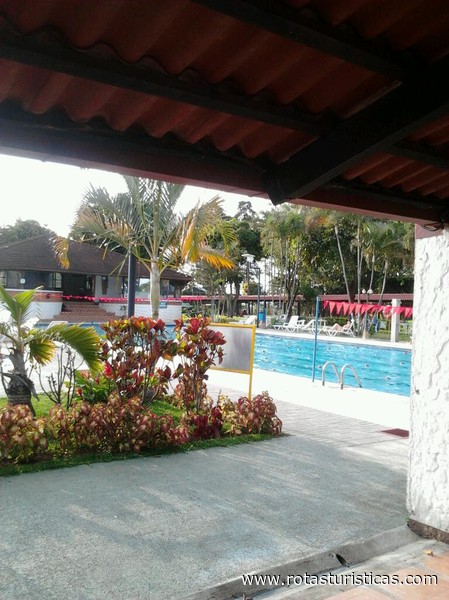 |
Fossil Land |
| 13,0 Km |
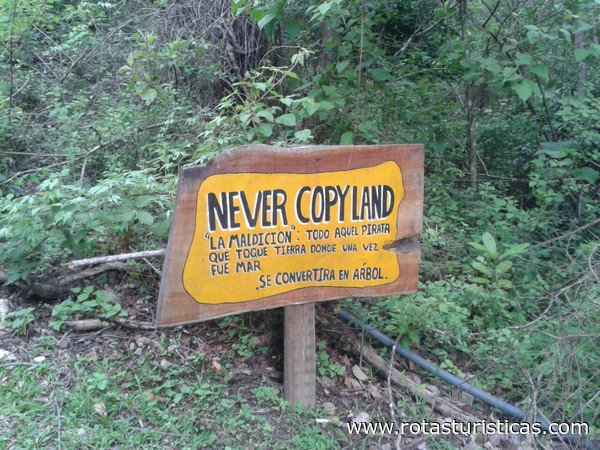 |
Catedral de Alajuela |
| 14,8 Km |
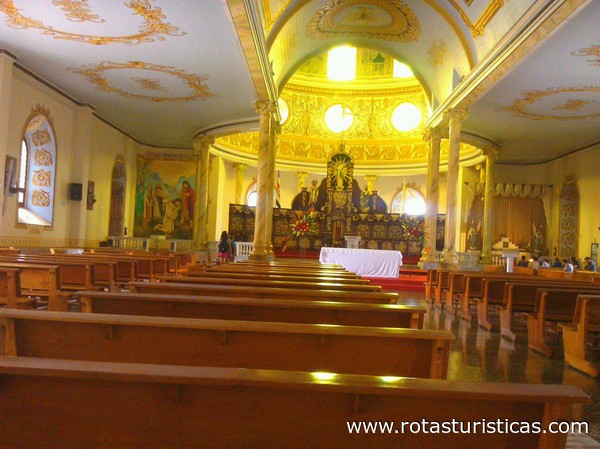 |
Museo Histórico Cultural Juan Santamaría |
| 14,9 Km |
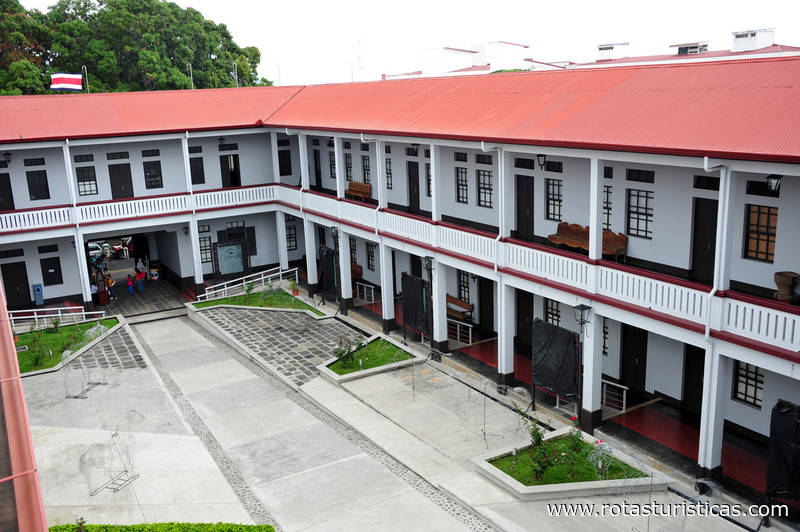 |
Souvenir Museum Verdes y Colores |
| 15,4 Km |
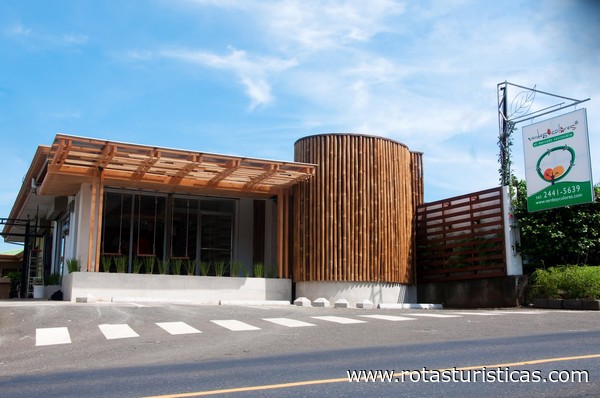 |
Hotel reservation near Santo Domingo within a radius of 20 km
Why to book with ROTTA TURISTICA
The best prices
Our partnerships with the world´s largest operators offer research on the best market prices.
More options
At Rotas Turisticos you can book the hotel, buy the air ticket, book the transfer from the airport to the hotel and vice versa, book the local excursions, rent the car, take travel insurance and consult the places to visit and where to go.
Holiday Tips & Destinations
Hundreds of holiday destinations with all the options that allow you to easily choose the destination that best suits your dream vacation.
ROTTA TURISTICA
Links






